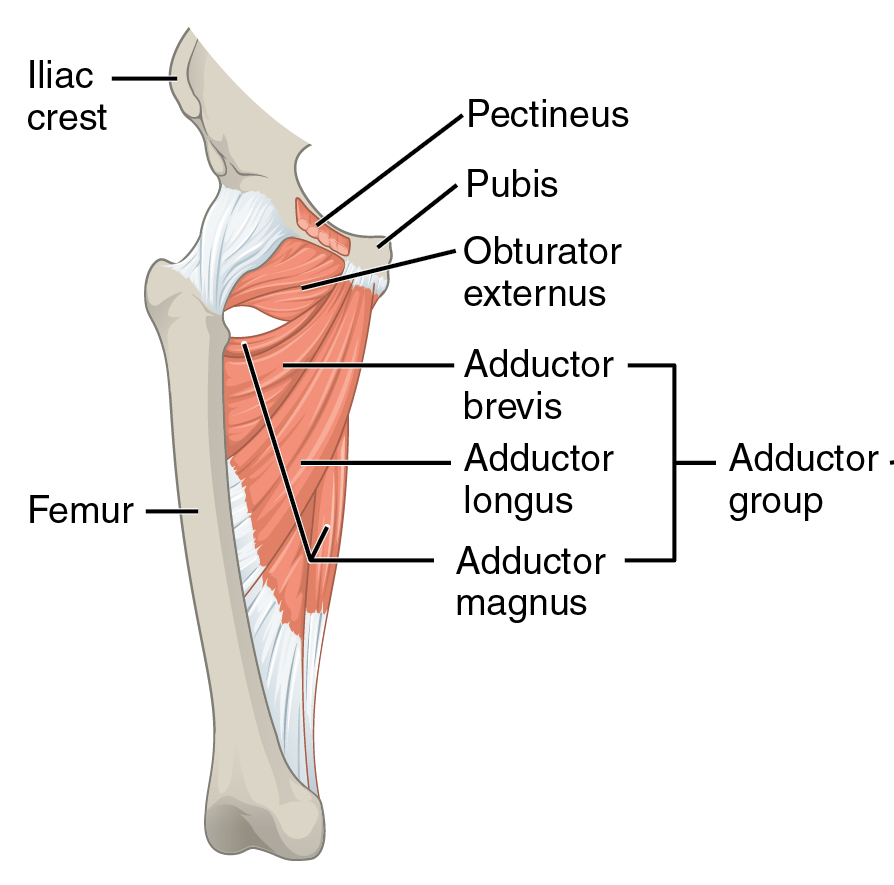Toes in for squats?
Sometimes it’s OK for “toes in“ squats...
I often hear from folks and also read on a lot of blogs and articles about whether your toes should be in or out for squats or other types of activities. The real answer is “it depends”.
What it depends on is the patient’s specific anatomy. That means we . . .
Posted in: dry needlingfemorisgaitgait cyclegastrocgastrocnemiusgluteus mediusgluteus minimusiliotibial bandinknee painlateralisoutperoneusperoneus longusquadricepsrectusrectus femorisrehabrehabilitationsquatstoestpdntrigger point dry needlingvastusvastus intermediusvastus medialis
Are We Rehabbing the wrong system?
I have recently run across some research that has changed the way we look at some of the rehab we do, especially proprioceptive rehab. Perhaps it will do the same for you.

Posted in: afferentsbiomechanicscirculardiameterdry needlingexercisegaitinstabilityintramuscularintramuscular therapylarge diameter afferentsmusclemusclesneedleneedlingneurologyproprioceptionproprioceptiverehabsacculesemisemicircularsensationsensorystabilizerstimulationsystemtestingtpdnutriclevestibular
The Terrible Trio
beware the gooses foot...
Recalcitrant knee pain just below the medial tibial plateau? Worse with sprints, hills and after running a while? It may be the pes anserine insertion(s).

Posted in: anserinecoronaldry needlinggracilishamstringinsertional tendinitiskneemusclemuscle layersneedlingpessartoriussemisemitendinosisstabilizersuperficialtendinosisterribletpdntrigger point dry needlingtrio
Dry Needling and Dizziness
Posted in: cerebellumcervicaldizzinessnecknucleiitpdntrigger point dry needling seminarvertigovestibular
Are we rehabbing the right system?
I have recently run across some research that has changed the way we look at some of the rehab I do, especially proprioceptive rehab. Perhaps it will do the same for you. We already know that needling can effect balance and proprioception, from some of the articles I have written here, here and here.

Posted in: afferentsbalancecervical instabilitychangesdiameterdry needlingdysfunctioninstabilitylarge diameter afferentslumbarlumbar instabilitymuscleneedlingproprioceptionproprioceptivequadratus lumborumsensationsensoryspinal instabilitysternocleidomastoidsystemtpdnvestibular
Dry Needling and Muscle testing
Do you do manual muscle testing on your patients before needling?
We all evaluate our patients; hopefully on the table as well as observation while weight bearing. Here is some food for thought...
When your patient or client is lying on the table (or wherever you are evaluating them), do you pay attention to where their head is in space (ie the position of their head)? Why should you care?
. . .
Posted in: canalscirculardry needling coursedry needling seminarheadmuscleneedlingpositionsacculesemisemicircularsystemtestingtpdnutriclevestibular
The Adductor Magnus
Not just for adduction anymore....
 Ah yes... the adductor magnus. A commonly implicated muscle in hip dysfunction to include CAM lesions, femoroacetabular impingement, anterior femoral glide, as well as "hamstring insertional tendonitis" like symptoms (which would specifically be referring to the long head).
Ah yes... the adductor magnus. A commonly implicated muscle in hip dysfunction to include CAM lesions, femoroacetabular impingement, anterior femoral glide, as well as "hamstring insertional tendonitis" like symptoms (which would specifically be referring to the long head).
You will recall that the adductor magnus consists of . . .
Posted in: adductorclinical examdry needlingdry needling instructionexternalgaithiphip extensionhip flexormagnusneedlingpainrotationrotatorthightpdntrigger point dry needling coursestrigger point dry needling seminars
Cover image credit: http://wallpapershacker.com/skulls_sketches_skeletons_spine_drawings_hd-wallpaper-1015286/
